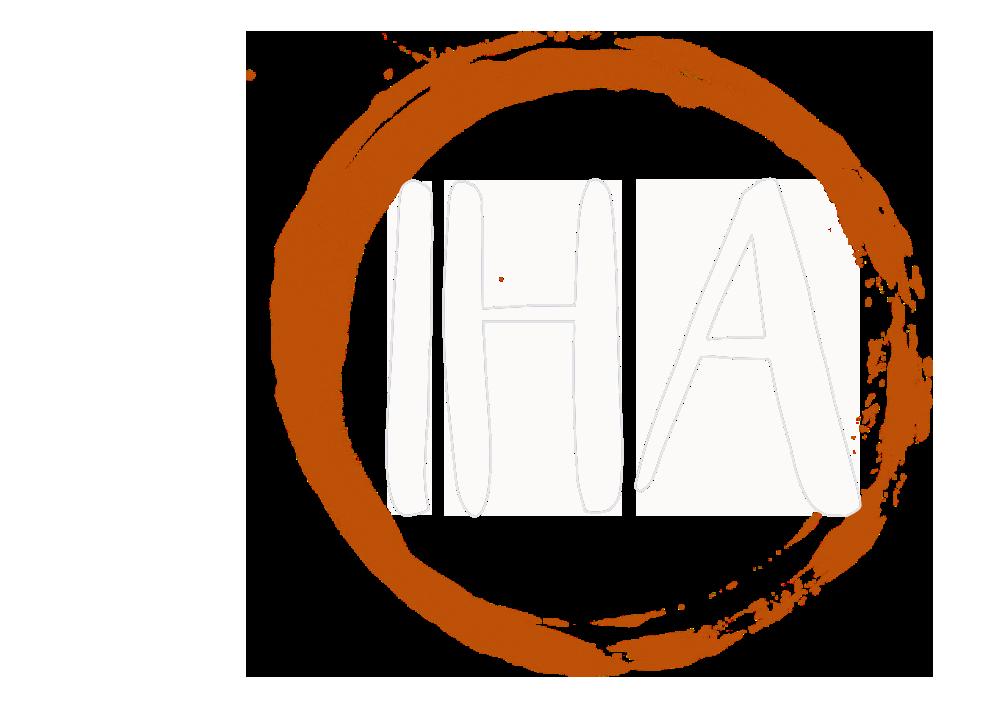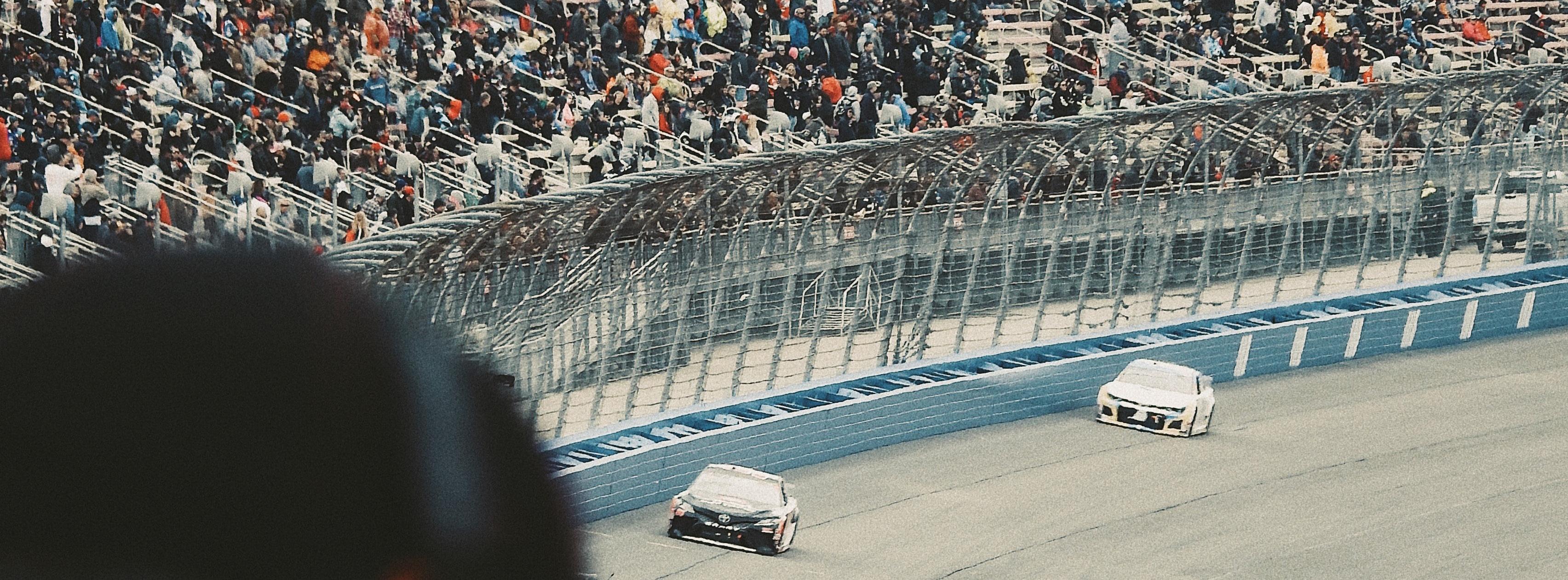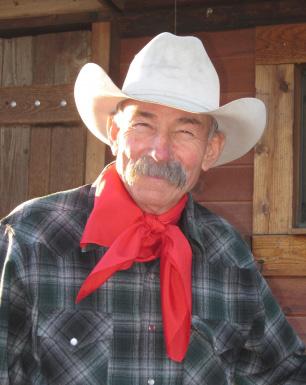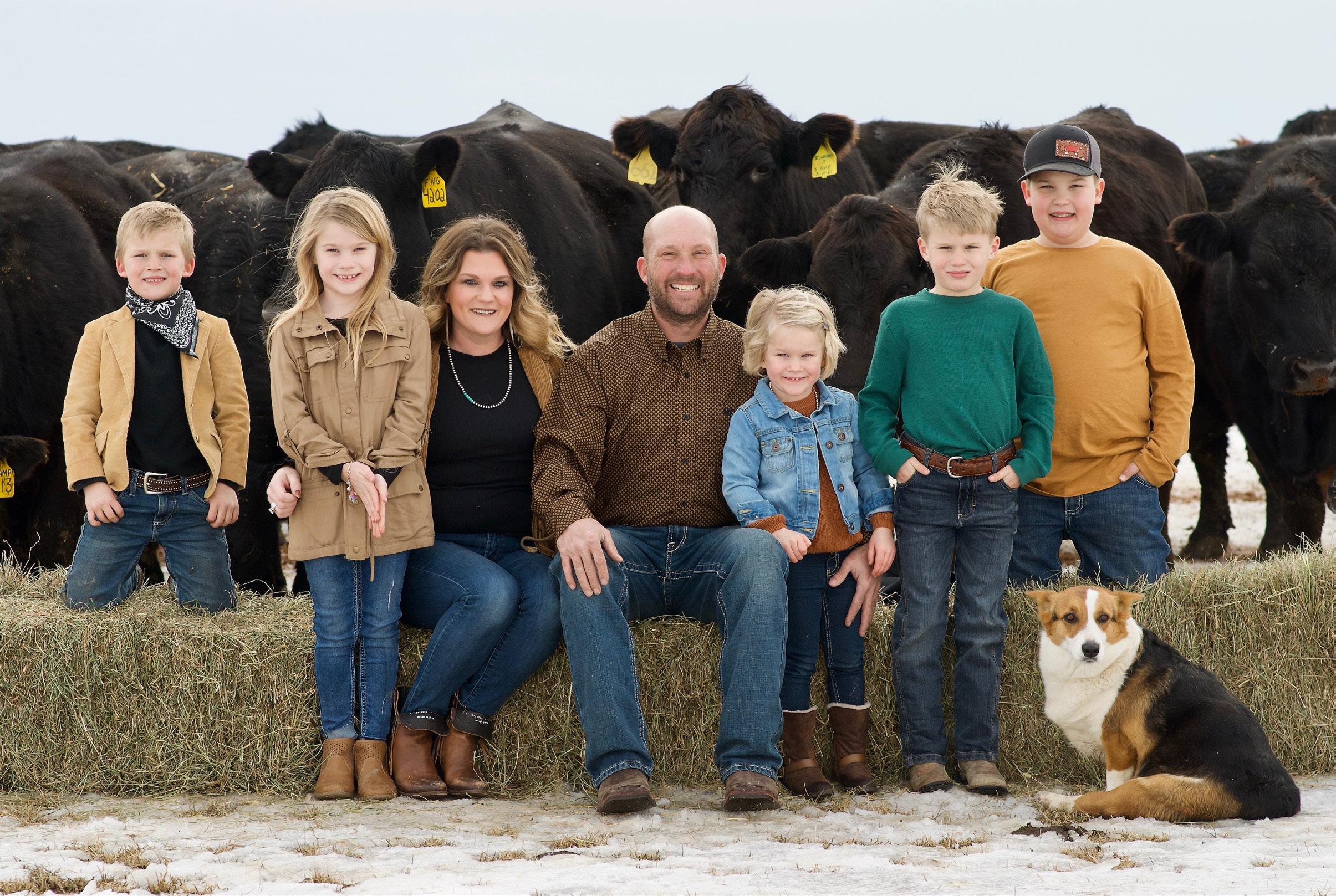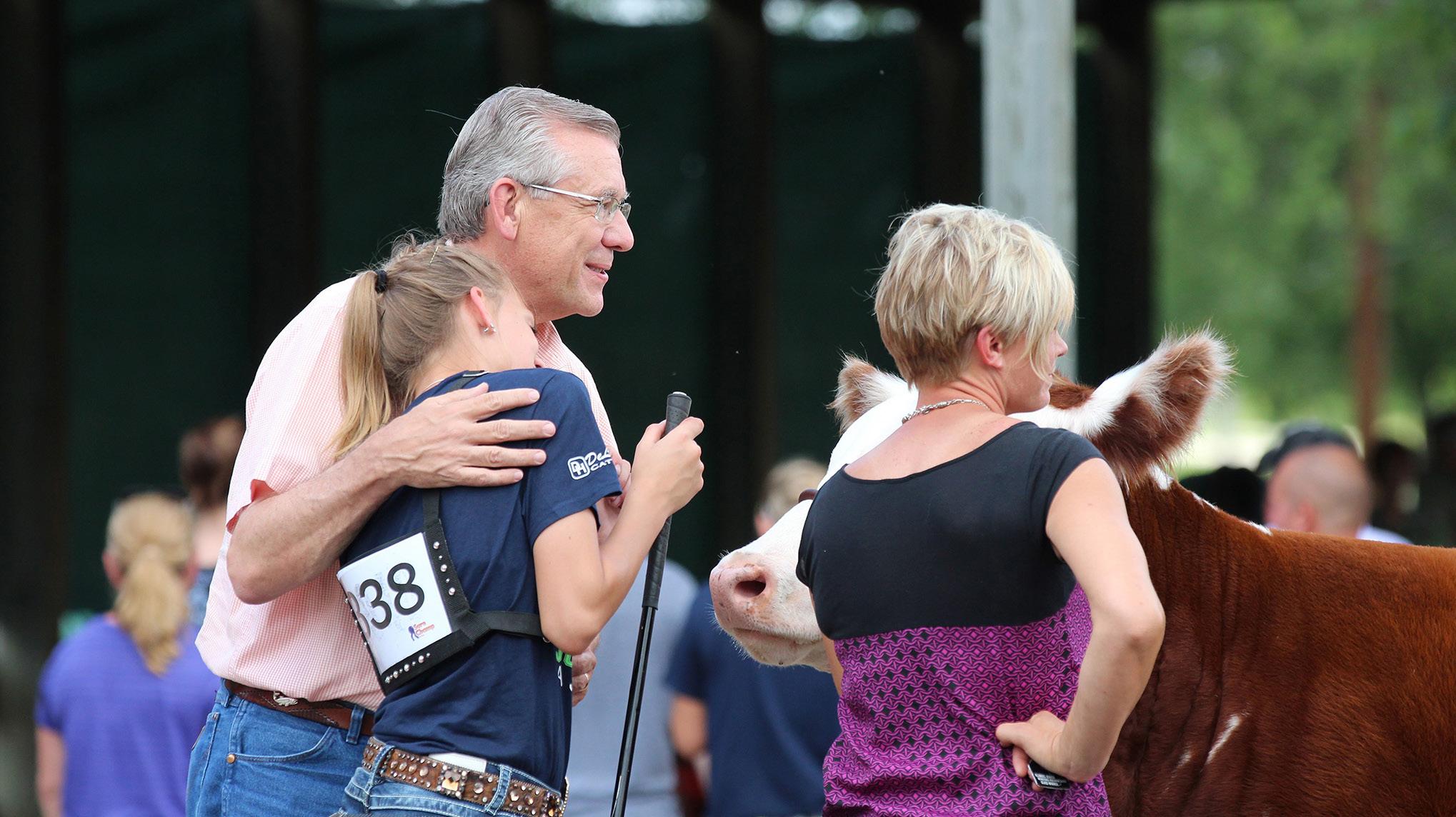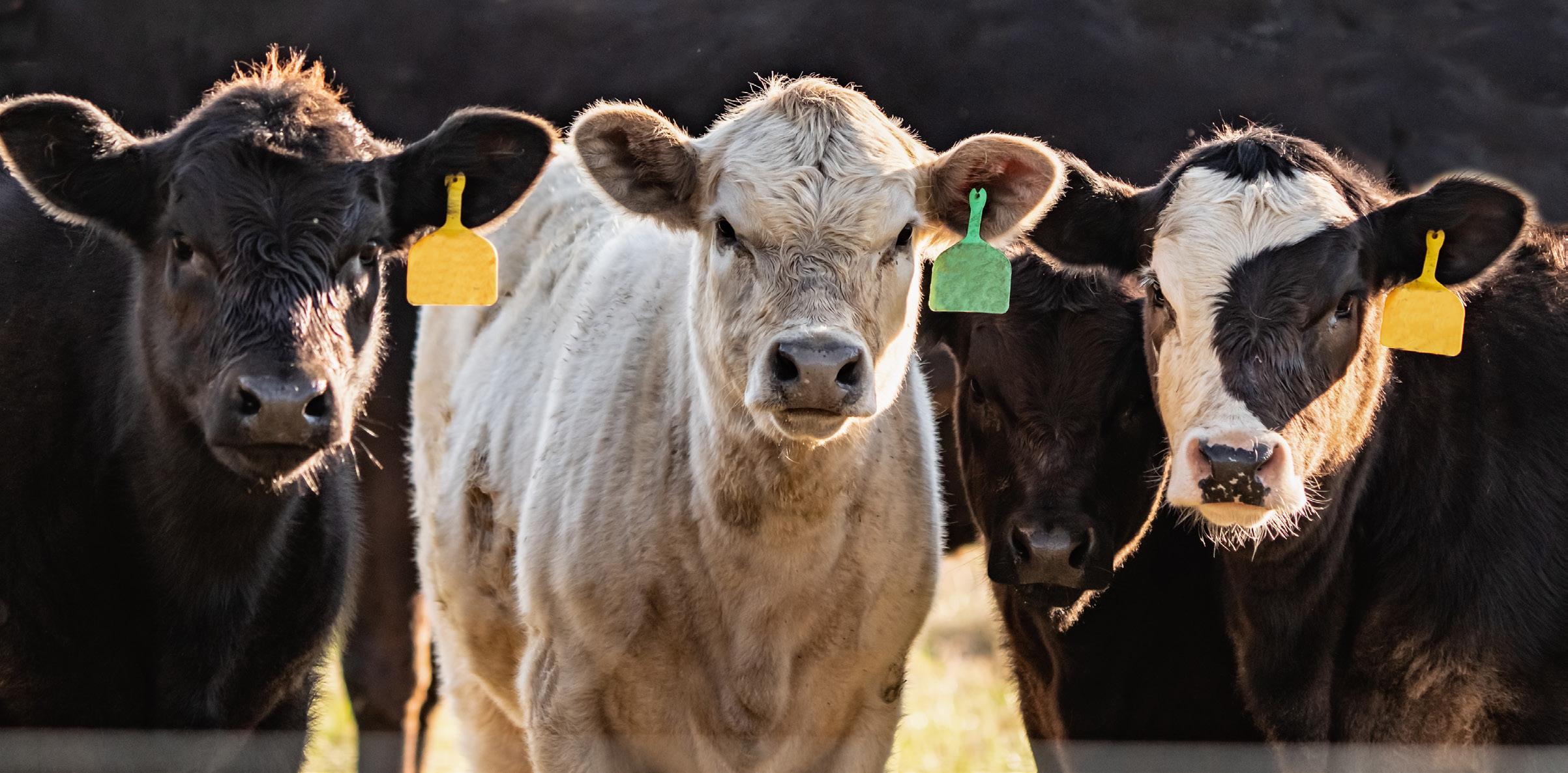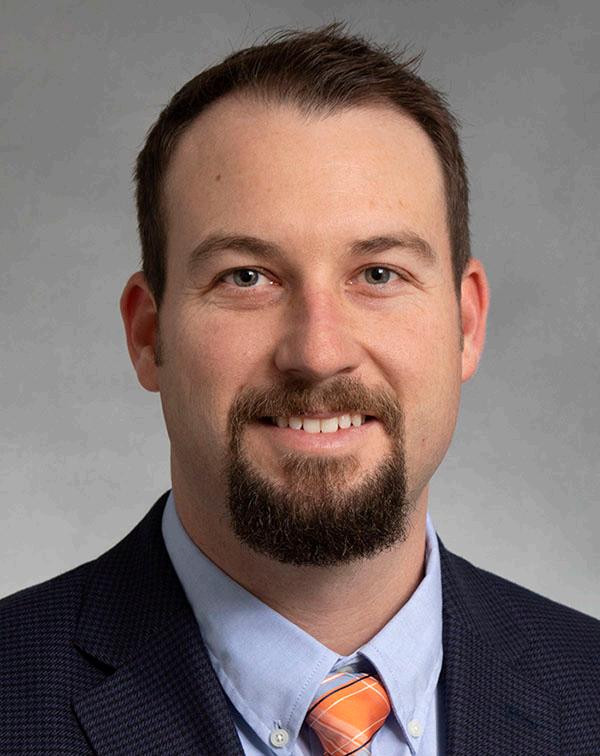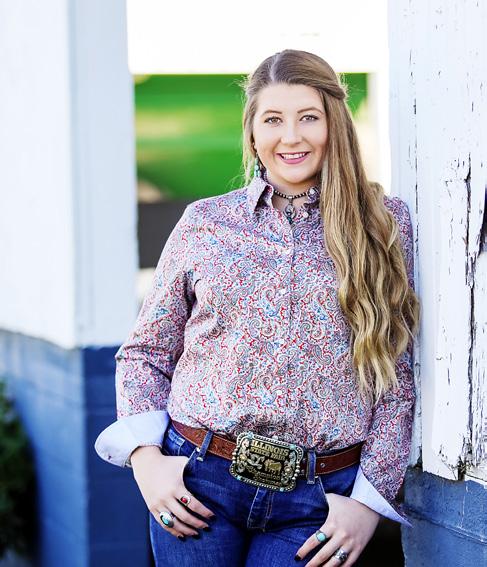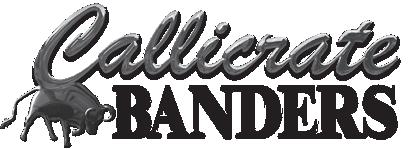Extension Update Travis Meteer, University of Illinois Extension Beef Specialist
Opportunity Accompanies Challenge and Change Here we are. A year has passed since the onset of the COVID-19 pandemic. Maneuvering changes on the farm and in everyday life has become the new normal. As we go forward, there is no doubt in my mind that more hurdles will appear along our path. Preparing to handle challenge and weather storms will yield opportunity. I challenge you to think about ways to make your farm or cattle operation more adaptable, more flexible and more financially resilient. I have the unique opportunity to provide consultation to many cattle producers in Illinois and the Midwest. Here are some considerations that many progressive producers are taking seriously. Soil health. It all starts with the soil. Healthy soil grows healthy plants that feed healthy animals. More evidence is showing that the secret to building healthy soil is livestock. Adaptive high-stock density grazing, balancing soil minerals and pH, removing compaction, increasing water infiltration, and establishing a diverse plant population are all important crucial parts of rejuvenating soil. Although greatly dependent on policy, improving soil and carbon capture will likely become income opportunities for farmers. Crop residues. Utilizing crop aftermath is a no-brainer. Limitations are usually fence and water, however this could be a very good return on investment to better utilize your land. Water and fence infrastructure can also be used to incorporate cover crop grazing. Even baling crop residues has a place. Crop residues can be a component of a balanced ration. Baled cornstalks is likely your most economical bedding option.
10
Illinois Beef - March/April 2021
Better grazing. Rotational grazing is a good start. Anything to allow plants proper recovery time will increase production and resiliency in your pastures. Many pastures are setstocked and they are overstocked. Let’s be honest, some Illinois pastures are glorified holding pens. We need to be better than this. Manage the grass. Managing the plants will improve animal performance and animal health while reducing costs. Summer cow feeding. Normally this is a sign of drought or overstocked pastures. But what if you remove cows from cool season pastures in the middle of summer to feed hay or even a TMR? This could coincide with fenceline weaning or a low-stress weaning of calves. Shade and water need to be well thought-out, but many Illinois cattle producers have facilities to do this. Hay is more available, not as degraded from outside storage, and by-product feeds are generally more of a buy in the summer. Removing cows from pastures could allow for rest, plant recovery, and even a good stockpile period. This stockpiled forage can be grazed with less harm to the plants after they go into dormancy. Direct Marketing. Some of the biggest smiles on cattle producer’s faces in 2020 were when they were talking about selling freezer beef. The pandemic and short supplies on shelves forced this. However, there is certainly opportunity in the area of direct-to-consumer. Is this something your farm can expand without much effort? If so, getting closer to the consumer can allow for more value capture as packers continue to use their leverage to take big profits.
www.illinoisbeef.com


